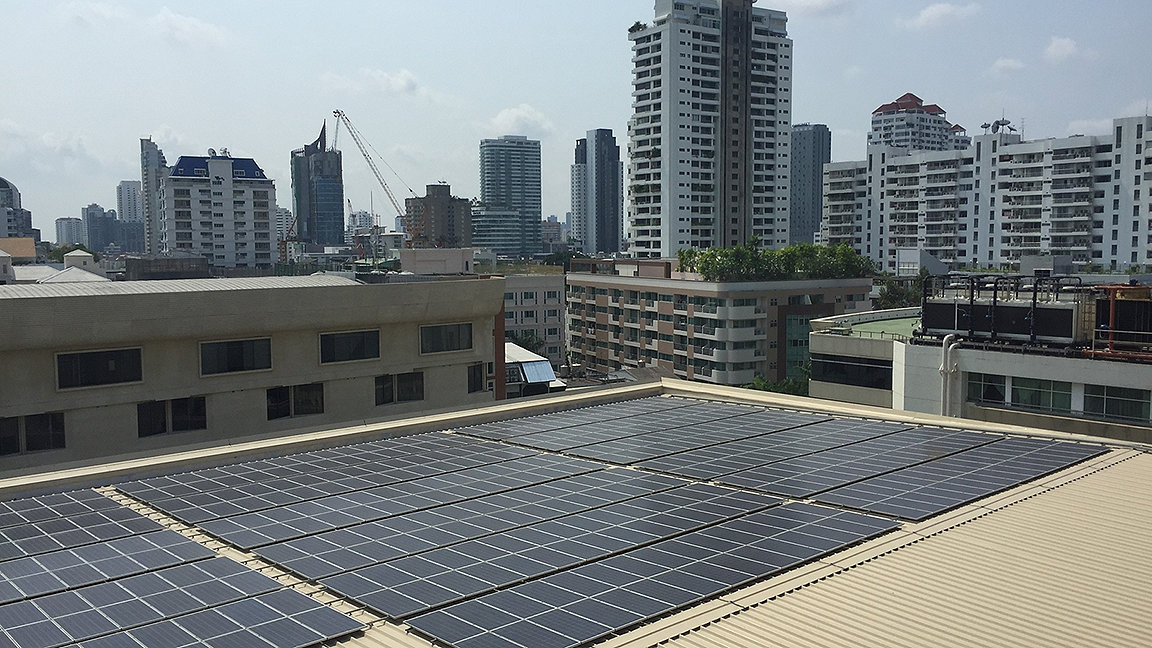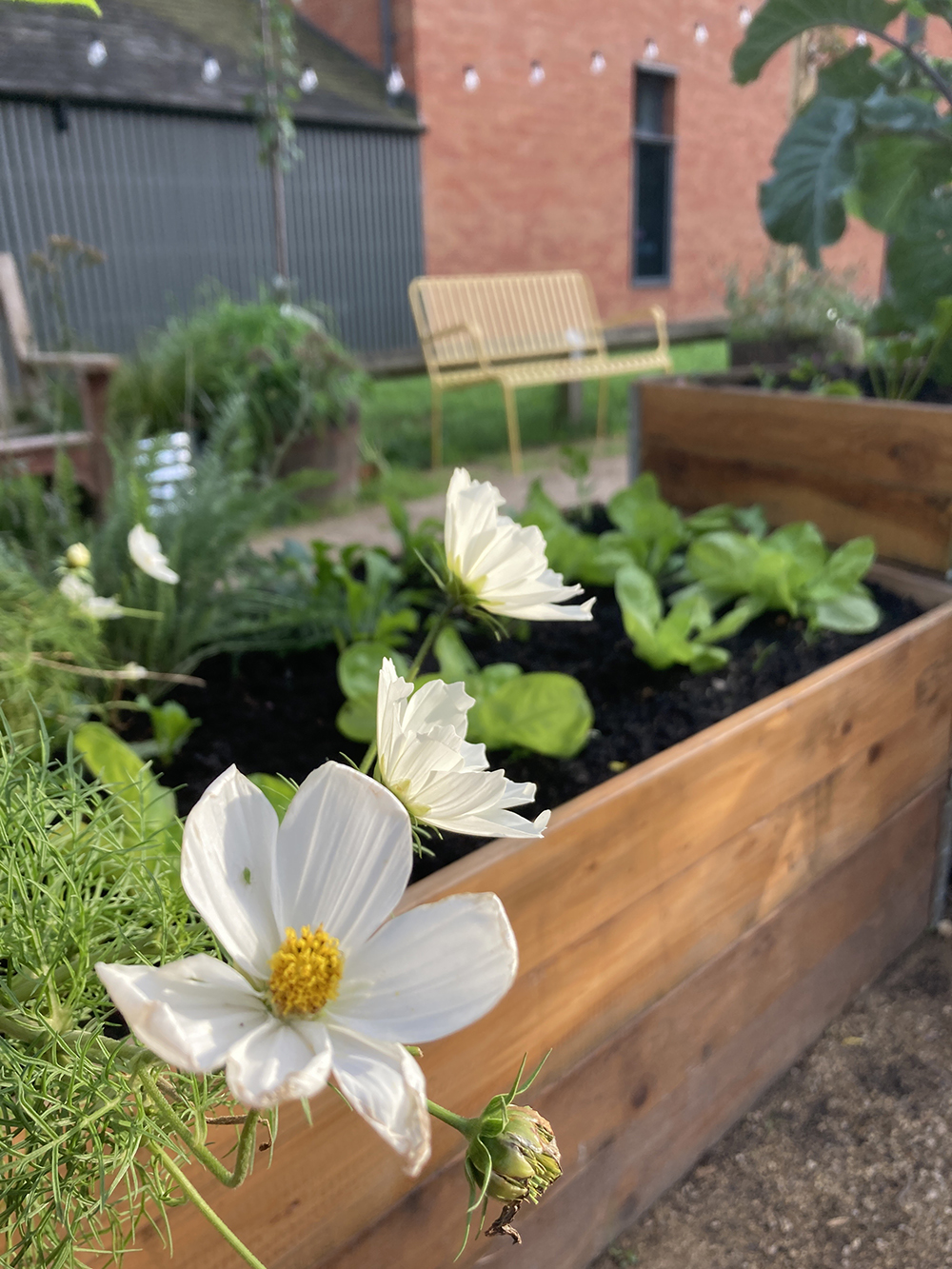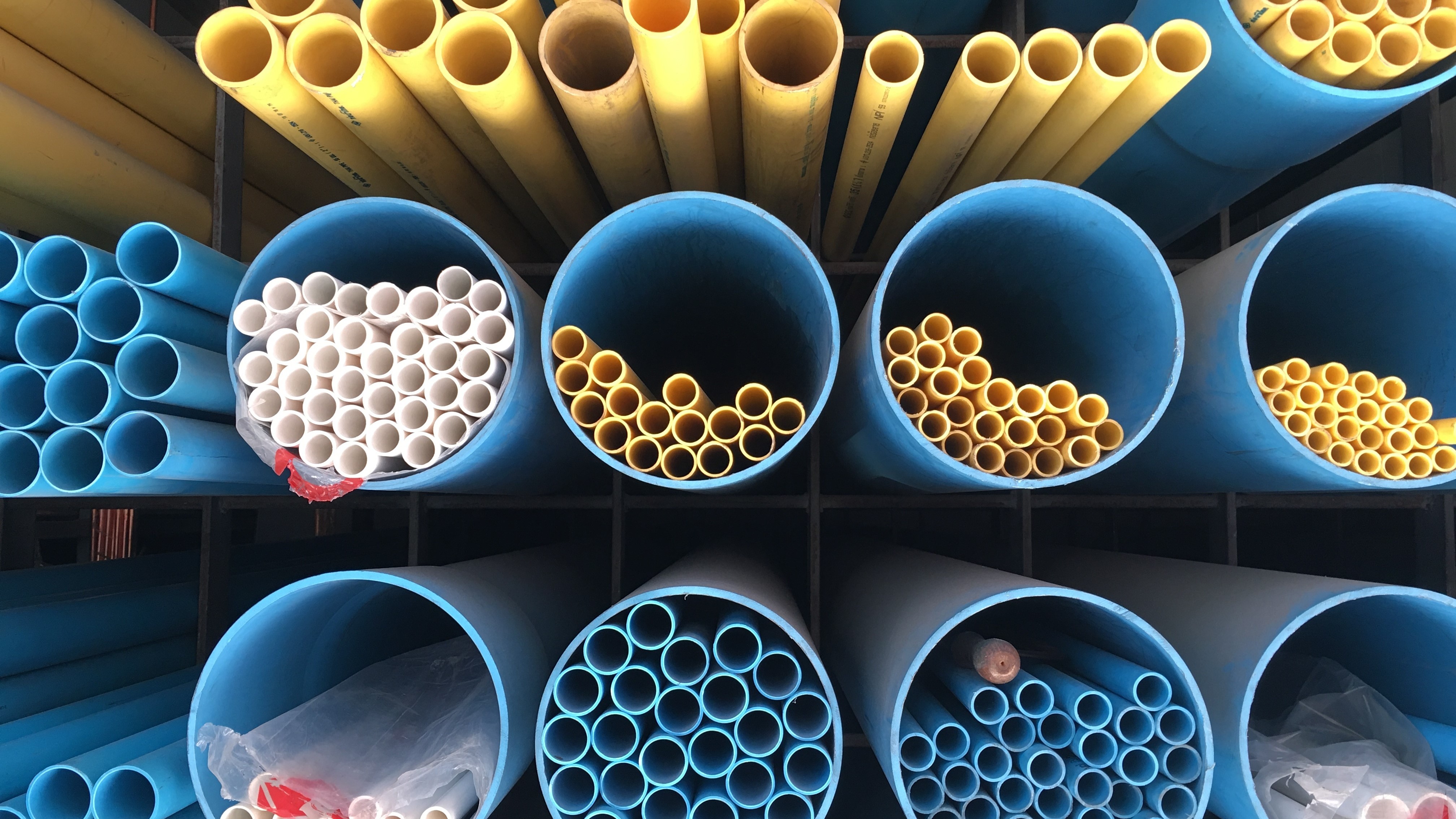
Rome wasn't built in a day, and net zero cannot be achieved overnight. In fact, just ten years ago it wasn't even a widely known term, let alone a common goal.
However, we are all now largely aware of what it means to be sustainable. As consumers, we understand that sourcing goods from China is less environmentally friendly than buying local, while we try to reduce our reliance on single-use plastics and are more alert to greenwashing by large corporations.
So, when I established Invise Chartered Surveyors during lockdown, I decided that sustainability would be at the heart of everything we did: both in the advice we give as surveyors, and in the direction we try to steer clients as building project managers.
Use expertise to target the best outcome
Achieving targets such as net zero can appear incredibly daunting as it usually requires a lot of different things to happen – many of which are outside the control of a single individual or organisation.
But sustainability is about setting examples. It's about taking action, even when others in the supply chain do not. It has to start somewhere.
This is why my team and I gear all our advice towards achieving the best environmental outcome on each project. Not all this advice will be followed; but we live in hope that the approach will eventually become the norm for all chartered surveyors. Then we will have helped to make a significant impact on climate change.
Some building surveyors question whether they are qualified to advise on sustainability. But they know how buildings are put together and how they might fail, so they must be able to see how specified works could affect the sustainability of such buildings as well.
Ambition should be to exceed requirements
The problem is that, for some, the work of a surveyor can easily take a tick-box approach. Have I satisfied the legislation? Have I advised on the cheapest project options? Have I covered myself professionally?
This may simply be a case of confidence: calling on your experience and knowing what has worked in the past. But a sea-change is required.
We must stop thinking it's acceptable to carry on doing things as they have always been done, though, and start to realise that lots of little things can result in big improvements.
While BREEAM certification is clearly a desirable target in terms of sustainability, I am not suggesting that every building must be certified. But achieving something close to BREEAM is better than not trying at all.
That is how we view every job at Invise. Building surveyors are extremely well placed to get the ball rolling when it comes to sustainability. We can support and develop designs, and advise on maintenance and remedial building works. As such, we can also consider all the sustainable ways to perform those tasks.
Modifying buildings and behaviours to make difference
Refurbishment gives us a clear opportunity to ensure that existing UK properties, including the considerable number of historic buildings, are maintained for the long term. That alone will help reduce construction waste and prolong the usefulness of such buildings.
The tiniest adjustments to the way we think can make a difference, such as considering what materials should be specified, where they are sourced from or what credentials the suppliers or manufacturers can demonstrate in the way of sustainable processes.
In terms of our own behaviour at Invise, we even consider how, and how frequently, we travel to a site.
For example, I recently purchased an electric car that I use for most business journeys, as we try to work locally where possible.
The jury is nevertheless still out regarding the potential environmental impact of battery manufacture, which gives me some cause for concern. On balance though, the reduced reliance on fossil fuels suggests electric vehicles are at least a better alternative currently.
For journeys beyond the range of an electric vehicle, though, I will typically use public transport where feasible.
Community garden project grows local skills
The project we are probably most proud of at Invise is our pro bono work on the Electric Daisy community garden for the not-for-profit, community interest company (CIC) Down to Earth Derby, next to our offices.
We offered project management and cost consultancy services so the CIC could learn from our expertise, while we also supported regeneration in the city where we're based.
Electric Daisy itself is a government-funded inner-city garden run by Down to Earth Derby in partnership with the Eden Project. The project was designed to bring new life to neglected or 'broken' spaces – in this case a derelict brownfield plot that had remained undeveloped for 15 years since the demolition of a former supermarket on the site.
Importantly, the garden can be taken from the site it's on and moved elsewhere. No excavations were undertaken, gravel has been used for accessible walkways and all planters can be lifted and taken elsewhere.
The buildings on site are temporary, timber structures that sit on the ground, while additional shelter is provided by a stretch tent that can be taken down and moved.
The thinking behind this was that the land was leased for a limited period, so the garden was designed to be easily moved to another location with the original land left as it was found.
Meanwhile, it provides a green sanctuary and an educational space for environmental learning for the community, as well as a place for growing large numbers of vegetables that are shared locally.

The Electric Daisy community garden project © Invise
Learning to lower our environmental impact
Looking at the immediate environment as we have done can be a great way of learning about sustainability. But there are lots of other ways.
There's no need to be an expert in sustainability: we can learn just by looking at industry assessment methods, such as BREEAM, which have often been introduced to help meet government targets.
I have also spent some time researching and understanding the concept of the circular economy. This holistic kind of approach is the sort of mindset we will all need to meet the UK's 2050 target to be net zero in scope 3 emissions under the Greenhouse Gas Protocol – that is, emissions from along our value chain with the exception of purchased energy.
As professionals we are all required to undertake comprehensive and relevant CPD, so planning out a sustainability-focused CPD programme throughout the year is a worthwhile investment of your time.
Invise's associate director Nathan Lovett has also attended an introduction to sustainable construction course at Nottingham Trent University to keep his own knowledge up to date in this area.
We frequently work alongside other building services professionals to investigate the feasibility of measures such as smart building installations for clients as well, if these are likely to have less impact on the environment and will lower carbon emissions.
'An holistic approach is the sort of mindset we will all need to meet net zero'
Service will recommend efficiency improvements
In 2024, the company is also planning to launch a new service for both domestic and commercial clients, to identify potential improvements to thermal efficiency and sustainability as part of a property survey.
This promises to provide far more detail and advice than the recommendations that come with an energy performance certificate. Crucially, the service will be independent rather than sales-led.
If we can improve on the minimum requirements in Conservation of fuel and power: Approved Document L on rather than simply ticking boxes to meet these, then we are at least helping to make a small, positive difference to the planet. If all chartered building surveyors followed this course, it would eventually become the norm.
James Baker FRICS is founder and CEO of Invise Chartered Surveyors
Contact James: Email
Related competencies include: Design and specification, Legal/regulatory compliance, Sustainability
RICS champions sustainability across professions
With the built environment estimated to be responsible for around 40% of global carbon emissions, RICS is championing sustainable practices across the built and natural environment. We are also empowering professionals to embed sustainability considerations into the way they work and better measure environmental impacts.

Enabling RICS SME members to thrive
At RICS, we want our SME members to flourish. Our SME Business Support Hub is a great place to start finding out more.
Whether an experienced or start-up SME, you'll find tailored support and resources, such as:
- guidance on business models
- statutory requirements
- insurance
- financial management
- marketing and promotion
- practical advice on aspects of buying, selling or leasing property.
We also send a monthly SME newsletter, sharing relevant support, insight and knowledge. You can sign up for this by emailing RICS directly.
Our quarterly UK Economy and property market update is also designed with SMEs in mind, providing the kind of detailed analysis and insight that may otherwise be out of reach. We conduct regular webinars as well, to take members through the latest updates and provide a forum for their questions.

